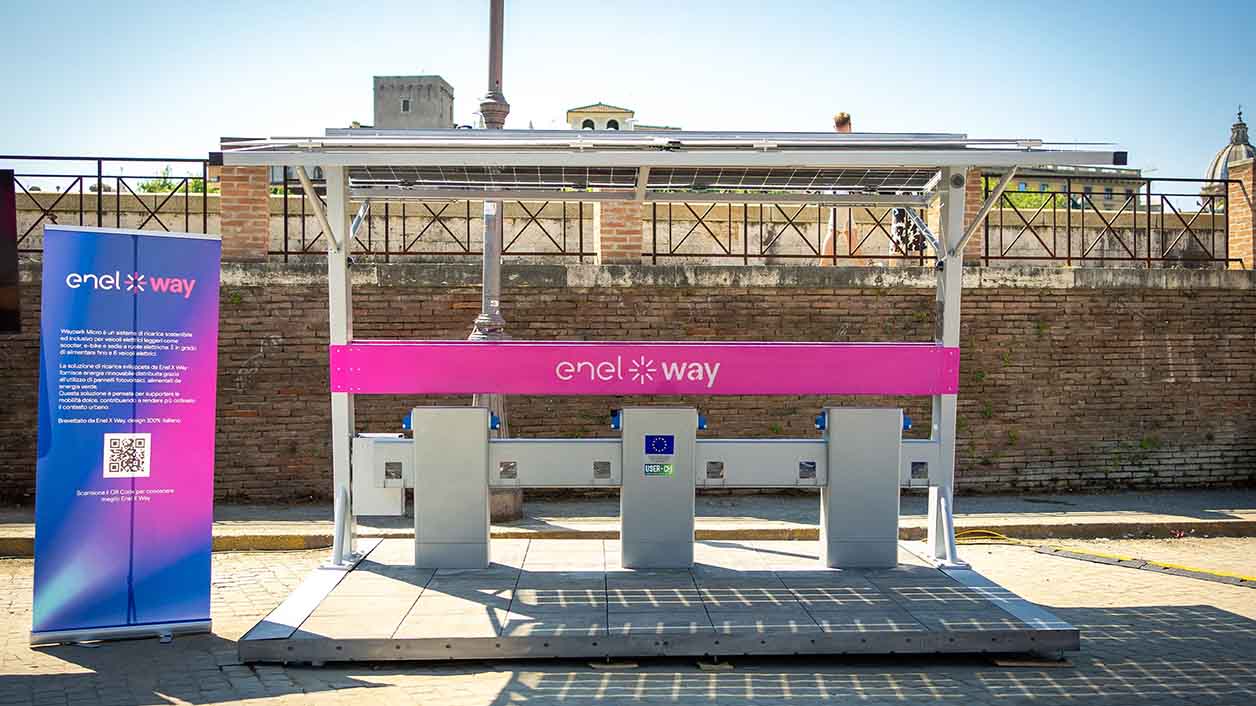Extreme E returns to Sardinia


Electric SUVs on the racetrack
Now in its second season, this thrilling series involves ten teams. The powerful electric SUVs in the competition will be driven by a total of 20 drivers, in accordance with the competition’s gender rules. The cockpit of the Spark Odyssey 21 will be occupied by a man and a woman, who will compete in a breathtaking double race.
The high-wheeled vehicles are manufactured by Williams Advanced Technology (although the linen fiber bodywork can be customized by the teams) with two 340 CV electric units each, giving peak power of 550 CV and maximum torque of 920 Nm, delivered by a 40 kWh battery. Performance is exceptional (the cars can go from 0 to 100 km/h in 4.5 seconds), as is the ability to handle gradients of 130%, thereby guaranteeing a thrilling race.
Two electrifying dates

Where you can see the races
The qualifying heats will take place on the first day of each event (Wednesday 6 and Saturday 9 July) at 10.15 a.m., with further heats at 4.15 p.m. and 4.50 p.m. On the second day (Thursday 7 and Sunday 10 July), the vehicles will compete either in the two semi-finals at 11.10 a.m. and 11.40 a.m., or the Crazy Race at 12.10 p.m. It depends on the mid-event classification, which does not affect the championship results. The winner of the Crazy Race and the first two in the semi-finals will compete in the Final Race at 3.30 p.m., to decide the winner of the series.
This thrilling twin event can be watched on TV and online. Specifically, the qualifiers on Sportmediaset.it and the Extreme E (and Enel X Way) digital and social channels, and the finals on Canale 20, DAZN and sportmediaset.it.
A truly sustainable competition

Our charging infrastructure for Extreme E
The water used to clean the vehicles is worth mentioning; it is a by-product of the hydrogen generator that supplies electric power. That's right: the energy for the electric vehicles comes from a sustainable process that uses water and sunlight to produce hydrogen, which is collected in fuel cells. These feed the charging stations provided by us for the electric vehicles, namely the JuicePump 50 Race Edition, thereby guaranteeing energy from 100% renewable sources at all stages of the championship.
And in Sardinia we will be using our new 50 kW charging stations for the first time. They were developed and fine-tuned directly by our team of engineers, who will also be on hand to provide support and assistance to all the racing teams.
More than just a race: Legacy projects in Sardinia
Holding the series in Sardinia will benefit this large Mediterranean island with a program of initiatives designed for the region, as part of the Extreme E championship’s Legacy projects. These initiatives, which were announced at the 2021 Island X Grand Prix, include the "Green Carbon" project. This is based on "green" carbon, which is absorbed by the Earth's plants. Specifically, during the previous edition of the series, we worked to restore the ancient olive groves of Sennariolo (near Oristano), which were affected by major fires that destroyed over 20,000 hectares of land; this program is ongoing.
In addition to heading a fire-prevention campaign in local communities, this year the organization is launching the "Blue Carbon" project in collaboration with the MEDSEA Foundation. As the name suggests, it focuses on "blue" carbon which is absorbed by marine vegetation. The term blue carbon refers specifically to the organic carbon captured and stored by the world's oceans and coastal ecosystems, particularly the plant-based variety. In the Mediterranean, the conservation of the meadows of Posidonia oceanica, “or Neptune grass,” is a national and international priority. Coastal ecosystems and inland forests make a considerable contribution to the capture of organic carbon, mitigating climate change and providing collateral benefits such as protection of the coastline and improvement in fishing practices.
Extreme E also collaborates with the MEDSEA Foundation on a Posidonia (or Neptune grass) restoration project, which involves the identification, analysis and replanting of marine phanerograms in a deteriorating area of the Sardinian coast. Known as the "ocean's rainforest" and named after Poseidon, the Greek god of the sea (Neptune in Latin), this seaweed lives in shallow sheltered waters around our coast, and is essential for the health of our oceans. The species accounts for 10% of the sea's capacity to store "blue" carbon, despite occupying just 0.2% of the seabed. It can capture atmospheric carbon up to 35 times faster than tropical rainforests. For the Island X Grand Prix 2022, the area in question is near Domus de Maria/Chia, within 30 km of the competition venue.
Enel X Way in Sardinia, supporting electric mobility
Find out more





